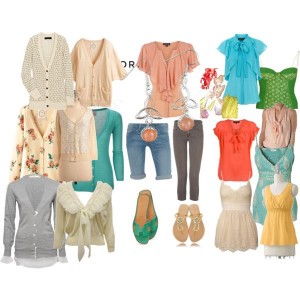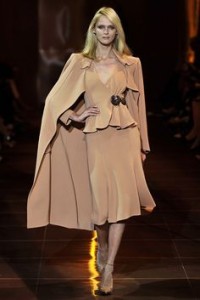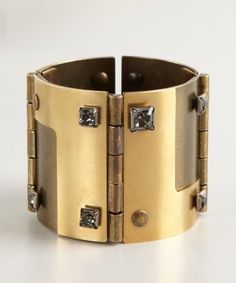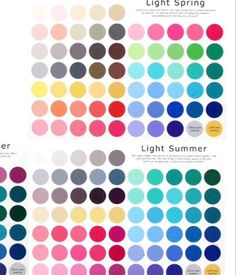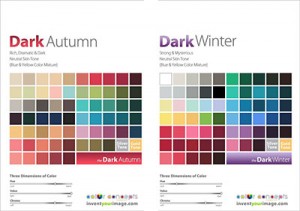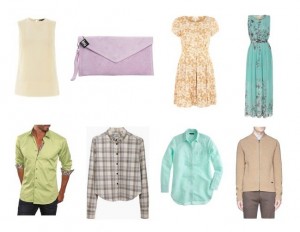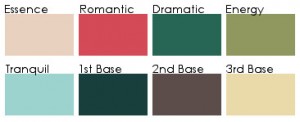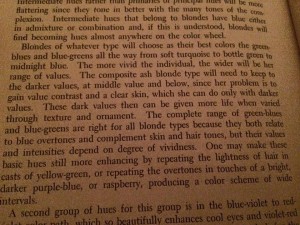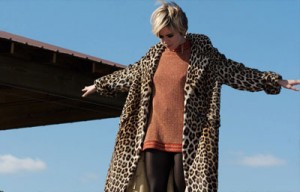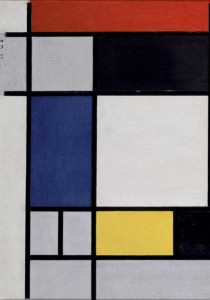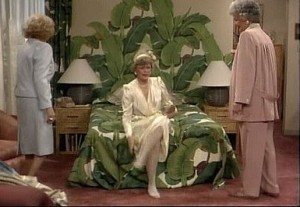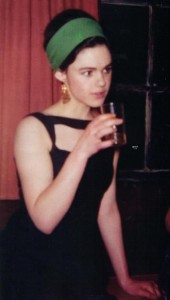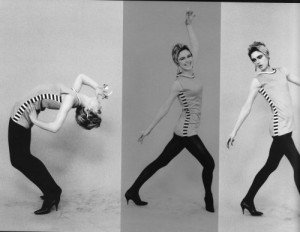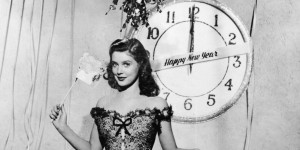
(Source)
With the end of 2015 comes resolutions for 2016. This has been a year where I’ve nailed down my season as best as I can without getting draped and further developed what “Flamboyant Gamine” means to me. I’ve decided upon my Zyla archetype, and have used it to refine my season and my Kibbe. Now that the work of deciding what I am is done, for now, my task for 2016 will be wardrobe rebuilding. I created a roadmap for myself while writing the workbook, but I definitely still have a long way to go.
What I’ll be concentrating on in the coming year is:
1. Accessorizing!
I tend to err on the side of practicality when it comes to clothing. I have a limited budget, so when I do have money to spend, I’m far less likely to purchase accessories than I am something that I need in order to stay warm or just clothed in general. You can walk around without jewelry just fine, but walking around naked in winter would certainly garner some stares (and an arrest). Jewelry is my last priority.
I also have trouble finding what works for me. I have a jewelry board, but it’s mostly out of my price range and some of may be too heavy for me. I have to be careful to stay in FG and not go too far into FN. And the kind of jewelry I like can’t be found by the basketload at a place like Charming Charlie’s.
Despite the fact that I don’t remember the last time I wore jewelry, I know that it’s an important element for creating a head-to-toe look for any Kibbe type. I need to take some cash and do some damage at H&M or Forever 21 to have something to wear while I work to supplement the cheap stuff with nicer pieces. I will probably seek out necklaces first, since they won’t bother me when trying to type at work or interfere with gloves and coat sleeves like bracelets or rings would. I also have sensitivity issues that make cheap earrings something I can’t do.
2. Building up my One-Star wardrobe.
One of the central ideas of the workbook is “The Three Levels of Dress,” so roughly casual/business/formal. I call the second level “one star,” and it’s the one that is almost completely lacking from my wardrobe. My job doesn’t have a dress code, and if given the choice, I’ll go with what’s more comfortable. But the archetype I created for myself is “Grown Up Punk,” and I think that a more polished, “higher level” daily look goes along with that. Occasions that absolutely require one-star dress come up rarely–the only one I can think of is when I’m visiting my dad and he wants to go to a restaurant that doesn’t allow jeans–but I think that if I really want to fulfill the “grown-up” part of my archetype, it’s something I need to work on.
3. Getting fully dressed.
This goes hand-in-hand with one of my personal resolutions, which is to get to bed and wake up earlier. It’s all I can do most mornings to make it out the door vaguely on time. A head-to-toe look, however, is key. I need to do more in the morning than just run a brush through my hair and slap on some moisturizer and lip balm. So if I could style my hair and put on some minimal makeup, it’d go a long way toward making my look more polished overall.
What are your style resolutions for 2016?
